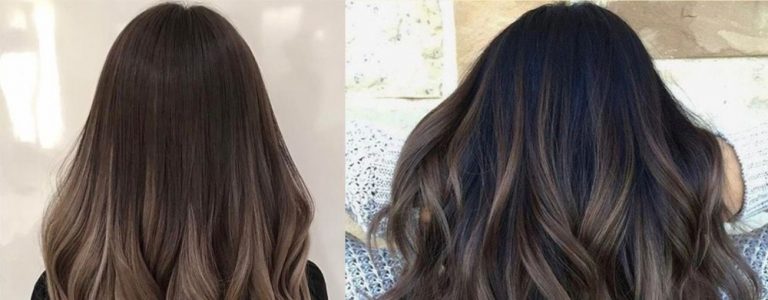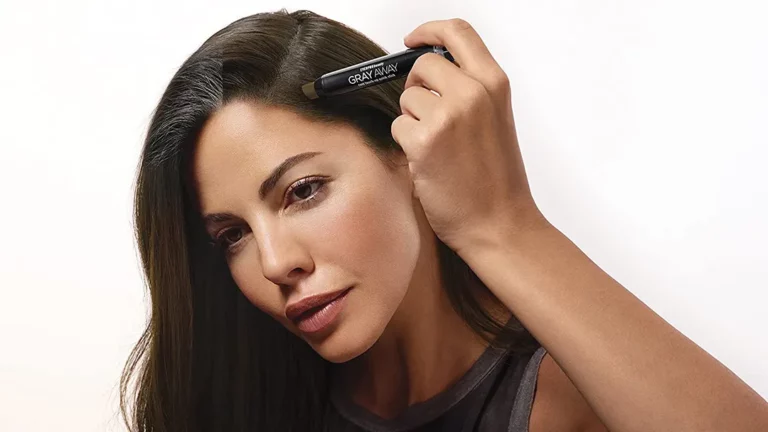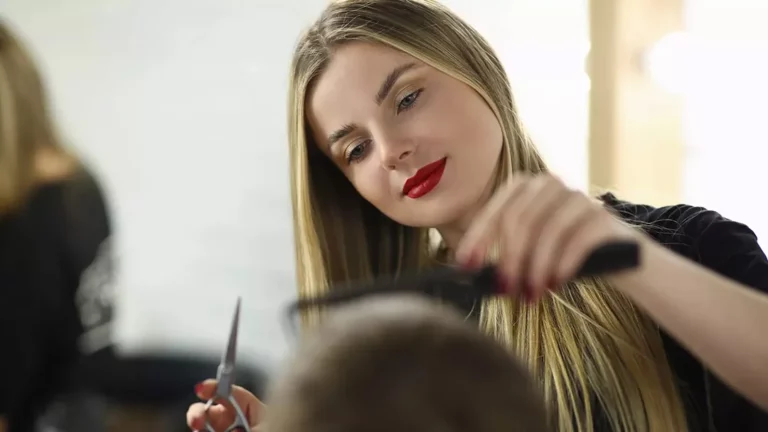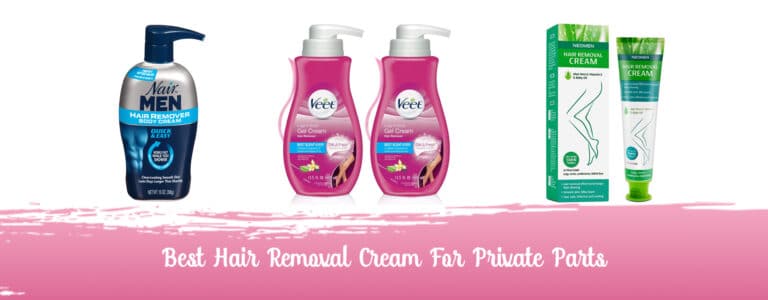Should I Steam My Hair Before Coloring?
Coloring your hair isn’t as simple as picking a color and adding it to your locks. If you are conscious about the health of your hair, there are more things to consider than hue, namely, whether or not you should steam before coloring.
It’s important to know what is currently happening in your head before deciding how to color it. In order to do that, you need to know why your hair is looking colored and then look at solving the problem that brought about that look. So, let’s know whether you should steam your hair before coloring or not.
Is Steaming Good For Colored Hair?
We first have to take a look at the underlying chemistry of hair dyeing. The main ingredient that gives hair color is a chemical called hydrogen peroxide. Peroxide works by breaking down into water and oxygen in solution.
It breaks down the bonds of pigment molecules in your hair, which allows new ones to bond with your strands. In other words, this reaction helps turn your hair dye from liquid into colored molecules that are literally absorbed into your shafts.
If you have colored hair, you can use a steamer for color application. Steaming your hair first allows the color to penetrate into the strands and give you more depth of color. If you have blonde or grey hair and would like to darken it using permanent dye, steaming is also recommended because it opens up the cuticle allowing more darkness to be absorbed.
How Do I Know If My Hair Needs Steaming Before Coloring?
Steaming isn’t just for people with color treated hair. If you are excited about a new style, the prospect of a new color might have you considering a salon treatment.
But before you run out to book an appointment, find out if your hair is in good enough condition to take on the process.
While the life of your hair might depend on genetics and other inherent factors, some of its condition might be within your control. So how do you know if your hair needs steaming to prepare it for a color job?
Since color molecules can seep through the hair shaft while they are still in the solution, you want to make sure that your strands are already covered by a layer of protective conditioner before applying everything else.
If you’re unsure whether or not your hair needs pre-treatment before coloring, there are a couple of things to look out for. If you have:
- Thin hair with a light natural color and you’re using any type of permanent, semi-permanent or temporary color.
- Hair that doesn’t hold color well and you want deeper, more lasting results.
- Colored hair that’s lacking shine or looking drab.
- Dark hair and want to go lighter using a temporary color.
- So if your strands are dry and damaged, it’s time for some TLC.
Does It Matter What Brand Of Conditioner Or Shampoo I Use?

There are numerous different brands of hair care products, each with their own ingredient lists and formulations. So, it is really hard to compare them within the same category.
You may be thinking that all brands are created equal, but I think each brand has its own unique characteristics and benefits. So it is important to choose one that best protects your hair. Even sometimes you can use color shampoo on uncolored hair to keep your hair safe and healthy.
Because the chemicals used in hair products and dyes can penetrate through the cuticle of your strands and affect the inside layers of your hair. It is important to avoid products that contain harsh chemicals such as sulfates and parabens.
For example, if your hair is lacking in shine, a shampoo with an extra dose of natural oils might be right for you. If your hair tends toward dryness, then look for something more hydrating. If you have sensitive skin or scalp, avoid harsh ingredients such as sulfates and opt for milder.
How Should I Prepare My Hair Before Coloring?
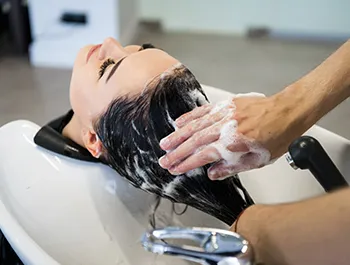
If you have color-treated hair and are considering a new style, before you start coloring, you should first prepare your hair for the process. Here are 3 step by step instructions to help!
Deep Condition Your Hair First
Healthy, lustrous hair is more resistant to breakage than dry, damaged strands. Investing in a deep conditioning treatment not only helps restore your strands’ shine and condition, it also restores a sufficient amount of moisture that makes it healthier and easier to work with. Choose something that specifically targets your over processed color-treated tresses.
Prep Your Hair with Conditioner
Choose the right conditioner for your type of hair, whether it is damaged or healthy. Most find that using a product with ingredients like avocado oil, wheat protein and coconut oil can provide just the right amount of moisture, without causing it to get greasy.
Stop Damage Before It Starts
Before you start coloring, thoroughly cleanse and condition your hair. You don’t want the dye to seep through your strands while they are still in the solution and oxidize them prematurely.
Is Steaming Good Or Bad For Hair?

Steaming does have its benefits. It allows for more coverage from colorant by causing each strand to tangle up better. It means you’ll get more color using fewer products.
You might think that steaming is just a way to refresh your hairstyle by adding some extra volume. But it can actually have real benefits for your hair.
In addition to reducing frizz and adding volume, steam also helps cleanse your hair. It helps to remove excess product buildup, and enhances shine by washing out any dirt or grime that has been sitting on the surface of the cuticle.
Steam can also help you smooth out tangles in wet strands before blow-drying and can add moisture back into dry strands after styling. It also makes it easier to comb through hair without tugging or causing breakage.
Final Words
The right products and tools can help protect your hair before you start coloring, maintain the health and integrity of your strands while they are being dyed, and get more life out of your style once you have finished coloring.



